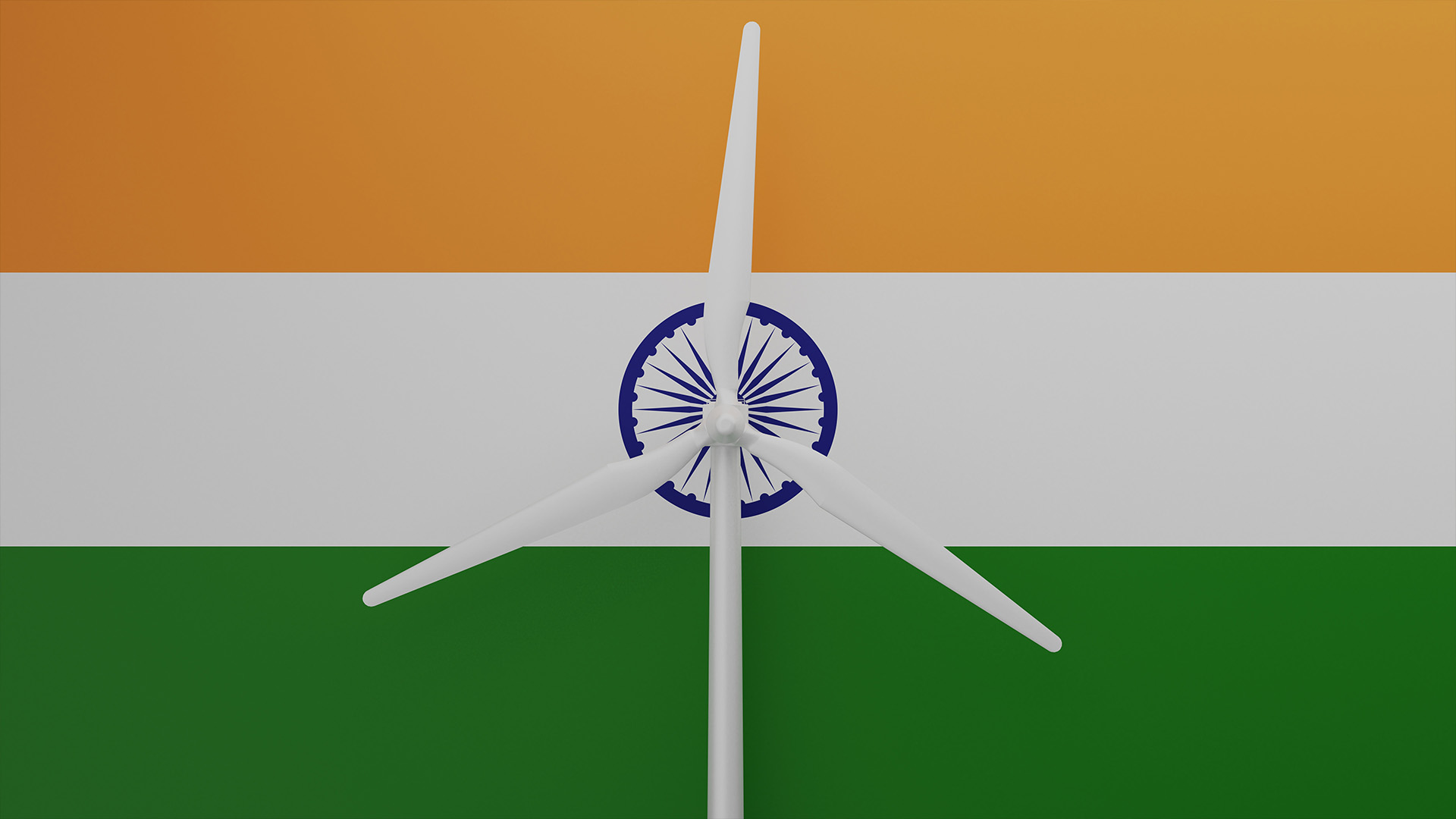
Publication
ESG and internal investigations: New compliance challenges
As ESG concerns have come to the forefront in different jurisdictions, the scope of these inquiries is expanding in kind.


Author:
Global | Publication | February 2023
In June 2022, it was reported that India’s Ministry of New and Renewable Energy (MNRE) would open bids for offshore wind energy blocks. Bids for an aggregate capacity of 4GW would be tendered out per year for a period of three years from 2022 until 2025 for development of offshore wind projects off the coast of Tamil Nadu and Gujarat. Bid rounds would be tendered each year for a period of three years until 2025. These projects would sell power through open access/captive/bi-lateral third party sale/merchant sale. Subsequently, bids for an aggregate capacity of 5GW would be tendered out every year for a period of five years between 2025 and 2030. Projects with an equivalent capacity of The 8GW of capacity tendered in the first two years ( 2022-2023) would be entitled to additional green benefits of green attributes like such as carbon credits. The transmission of power from offshore pooling sub-stations to onshore transmission networks would be provided free of cost for all offshore wind bids awarded until 2030.
The impact of the COVID-19 pandemic set back the timeline for development of offshore wind in India. Given that it also has some of the world’s cheapest onshore wind and solar power prices, there has been little momentum within energy markets to progress with the development of offshore wind in India.
However, while no bids have been launched yet (and as a result the above timelines are indicative only), MNRE’s announcement has brought offshore wind in India back into focus.
One critical basis for India’s push towards offshore wind is that the land resources required for onshore wind projects are increasingly becoming a major constraint. Given the increasing scarcity of optimum onshore sites, the MNRE expects upward movement in market determined tariffs for onshore wind in the future. While the cost per MW for offshore turbines remains higher, MNRE believes competitive tariffs can be achieved on account of higher efficiencies of these turbines after development of an ecosystem within the country that caters to offshore wind development.
In 2013, the government of India collaborated on the Facilitating Offshore Wind Energy in India (FOWIND) project in India with a consortium led by the Global Wind Energy Council (GWEC) and supported by European Union (EU) to assist India on its offshore wind power development.
The outcome of the FOWIND project was a series of detailed reports covering pre-feasibility studies (published in 2015), assessment of supply chain, port infrastructure and logistics (published in 2016), a grid infrastructure study (published in 2017) and a subsequent feasibility study (published in 2018). The studies focused on offshore wind energy development off the coast of Gujarat and Tamil Nadu.
In 2017, the FOWIND project laid out 5 critical path items for the Government of India to consider in its development of the framework under which offshore wind projects may be tendered, and eventually developed, between 2018 and 2032. These critical path items were:
While the announcement to issue tenders for offshore wind projects is a promising development, it is, as yet, unclear to what extent these critical path items have progressed.
In 2016 the MNRE entered into a collaboration with the EU for the First Offshore Wind Project of India (FOWPI), a 200MW offshore wind farm 25kms off the coast of Gujarat. FOWPI was led by the consulting firm COWI A/S of Denmark, who were tasked with finalizing the design and technical specification of project and undertaking specific technical studies for the selected site; including coastal surveys, environmental assessments, cost-benefit analysis, transmission layouts, monitoring systems and safety measures..
Once this information was available, the MNRE aimed to prepare tender documents by the end of 2018 to be issued to private developers. This timeline has subsequently shifted, however a key benefit of this exercise was the installation of Light Detection and Ranging (LiDAR) systems off the coast of Gujarat, which has been generating data on the quality of offshore wind since November 2017 and will help in identifying suitable offshore wind sites for development. On the back of this, an additional private sector player has also installed LiDAR in the Gulf of Kutch in Gujarat for offshore wind resource measurements.
In September 2018, “Guidelines for Offshore Wind Power Assessment Studies and Surveys” were issued by the National Institute of Wind Energy (NIWE)1 to enable private investors to carry out offshore wind resource assessment.
In February 2022, NIWE issued a tender for the supply and installation of a floating LiDAR buoy which will collect data such as the wind speed and direction, sea surface temperatures and wave heights and directions for the Gulf of Mannar. Subsequent similar tenders have since been issued.
A series of consultations between India’s National Research Development Corporation (NRDC) and the Organisation for Economic Co-operation and Development (OECD) have highlighted port infrastructure (besides clarity on the contractual framework for offshore wind projects and regulations impacting such projects) as one of the key priorities for the medium term.
Given the large size of offshore wind turbines, wind turbine manufacturers need to locate their fabrication facilities within a port estate with a suitable quay side for both receipt of raw manufacturing materials/components and load-out of the fully fabricated wind turbine generator (WTG) components ready for project supply.
Offshore wind projects require a designated port facility including an onshore office and storage warehouse to act as the hub for all operational and maintenance activities required during project’s 20 to 25 year operational life. The FOWIND reports found that multiple ports were not necessary, provided a project has at least one large port facility which meets the required specific technical criteria to support the anticipated development strategies in its region.
The two areas identified as being of promise for early offshore wind development in India are the Gulf of Khambhat in Gujarat, and the Gulf of Mannar off Tamil Nadu.
Prior to the 2017, India did not have explicit local-content rules for offshore wind projects. However, the revised Public Procurement (Preference to Make in India) Order, published in 2017 (the “Make in India” order), set an 80% local content requirement.
Due to the complexities of developing offshore wind and lessons from other emerging markets it is anticipated that local companies will require some collaboration and capacity building with experienced organisations, particularly during the local market’s embryonic development years. To some degree the size of the project pipeline in India will dictate the level of localisation. If a large project pipeline, combined with attractive incentives, develops in India then the local supply chain will almost certainly grow in parallel and indeed attract both local and overseas original equipment manufacturers (OEMs) to develop their business within the region.
In relation to manufacture of the WTGs itself, the FOWIND reports note that if a sufficient market develops, leading OEM suppliers might consider investing in a local offshore wind base in India. Most of the major OEMs operating in India have multi-megawatt offshore turbine platforms operating globally. The central government in India is also considering a production-linked incentive (PLI) scheme to promote the manufacture of offshore wind turbines in India.
Aside from certain existing renewable energy initiatives, offshore wind specific policies and code frameworks are not presently developed in India. As such, the following is still required:
Lessons have been learnt in offshore grid development internationally and it will be important that these lessons are applied in an Indian context to de-risk delivery of critical offshore infrastructure.
Furthermore, existing problems facing grid operation are likely to be exacerbated with increased penetration of offshore wind and therefore implementing a competence development roadmap for system operations personnel would benefit the industry as a whole and facilitate offshore wind development.
In Taiwan, the prior to the execution of Taipower’s power purchase agreement was securing a preparatory generation licence from Taiwan’s Ministry of Economic Affairs before the end of 2018. This licence was laborious, as it required approvals or letters from 14 different central government agencies, as well as a local government consent letter.
In India, similar regulatory hurdles can be expected. By way of example, the Gulf of Mannar in Tamil Nadu is a protected geographical location with shallow waters and sensitive biodiversity. It is also considered an attractive and viable site for offshore wind power projects. As such comprehensive environmental impact studies, including biodiversity assessment, will be required to understand the impact of such projects.
Offshore wind is an important component of India’s plan to install 500GW of renewable capacity by 2030 and to achieve its target of reaching net zero by 2070. However achieving ambitious offshore wind capacity, particularly within a short time frame, would require a firm commitment to rapidly establish the broader ecosystem and regulatory environment that is necessary to attract commercial developers and private capital.

Publication
As ESG concerns have come to the forefront in different jurisdictions, the scope of these inquiries is expanding in kind.

Publication
On April 8, An Act to amend various provisions mainly with respect to the financial sector, was tabled in the National Assembly further to the last financial omnibus bill that was assented to on May 9, 2024.
Subscribe and stay up to date with the latest legal news, information and events . . .
© Norton Rose Fulbright LLP 2025